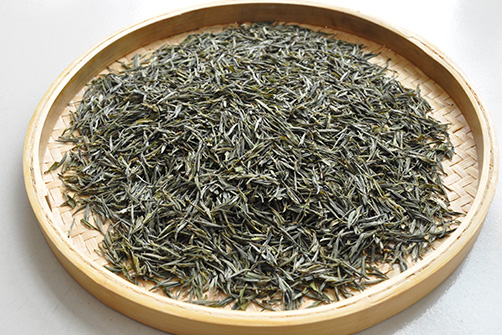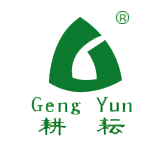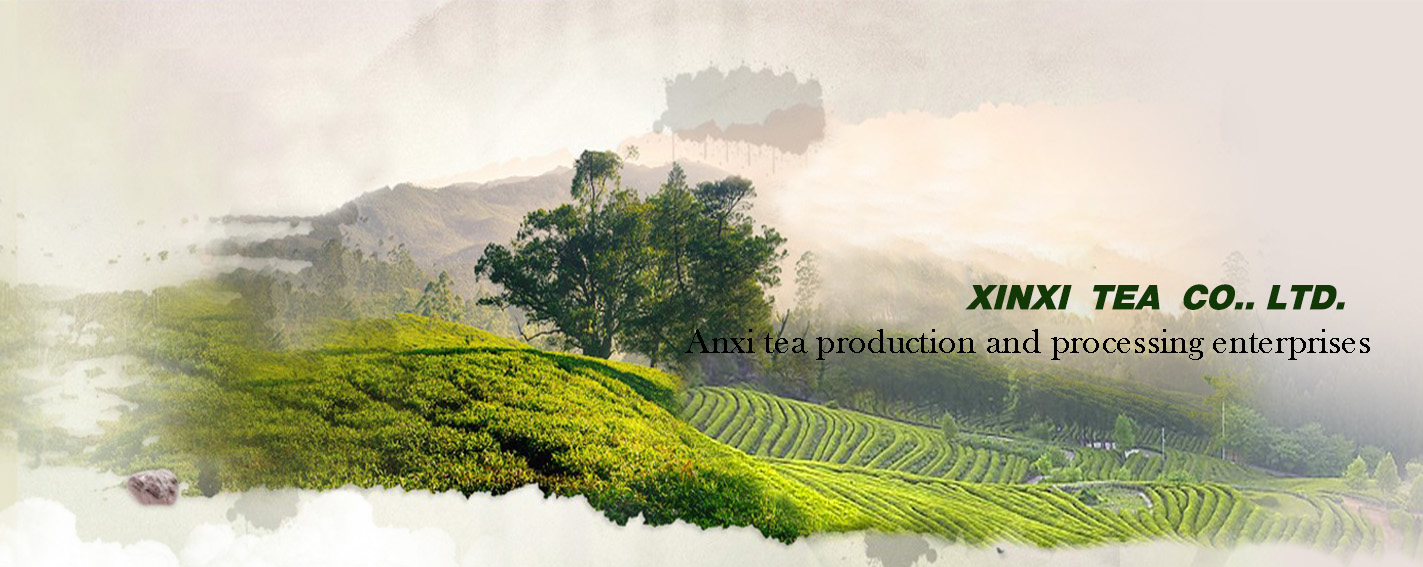White Tea | Black Tea | Dark Tea | Jasmine Tea | Yellow Tea | Green Tea | Oolong Tea
Yellow Tea

How did yellow tea come about? It was said that while making green tea, people discovered that after the process of pan frying and rolling the tea, if the tea leaves were not sufficiently dried or dried in time, they turned yellower. Hence a new tea category was formed – the yellow tea.
Yellow tea is a very lightly oxidized tea. The manufacture process for yellow tea is very similar to that of green tea. The main difference being yellow tea undergoes an additional, time-consuming step called men huang, literally means “sealing yellow” in Chinese. This step consists of lightly heating the tea then wrapping (smothering) the tea in a soft cloth to let it oxidizes lightly and very slowly. This extra step is repeated several times and creates the fundamental difference in taste and appearance between yellow and green tea.
According to the size and tenderness of the plucks, yellow tea is divided into three classes: yellow bud tea, yellow little leaf tea, and yellow large leaf tea.
The most important yellow bud teas include Junshan Yinzhen, Mengding Huangya, and Huoshan Huangya.
The main yellow little leaf teas are Weishan Maojian, Beigang Maojian, Yuan'an Luyuan, Wanxi Yellow Little Leaf, Wenzhou Huangtang, etc.
The most famous yellow large leaf teas are Huoshan Yellow Large Leaf Tea, Jinzhai Yellow Large Leaf Tea, Baiyun Tea, and Guangdong Dayeqing, etc.
Junshan Yinzhen, which is from an island in the Dongting Lake in Hunan Province, is a premium yellow bud tea. It has a well-defined shape and beautiful silhouette, and each bud possesses an elegant, almost golden color and is of similar size and weight. The tea liquid has a bright and clear yellowish color and tastes sweet. The price of this world-famous yellow tea is over 1000 RMB per 500g.

